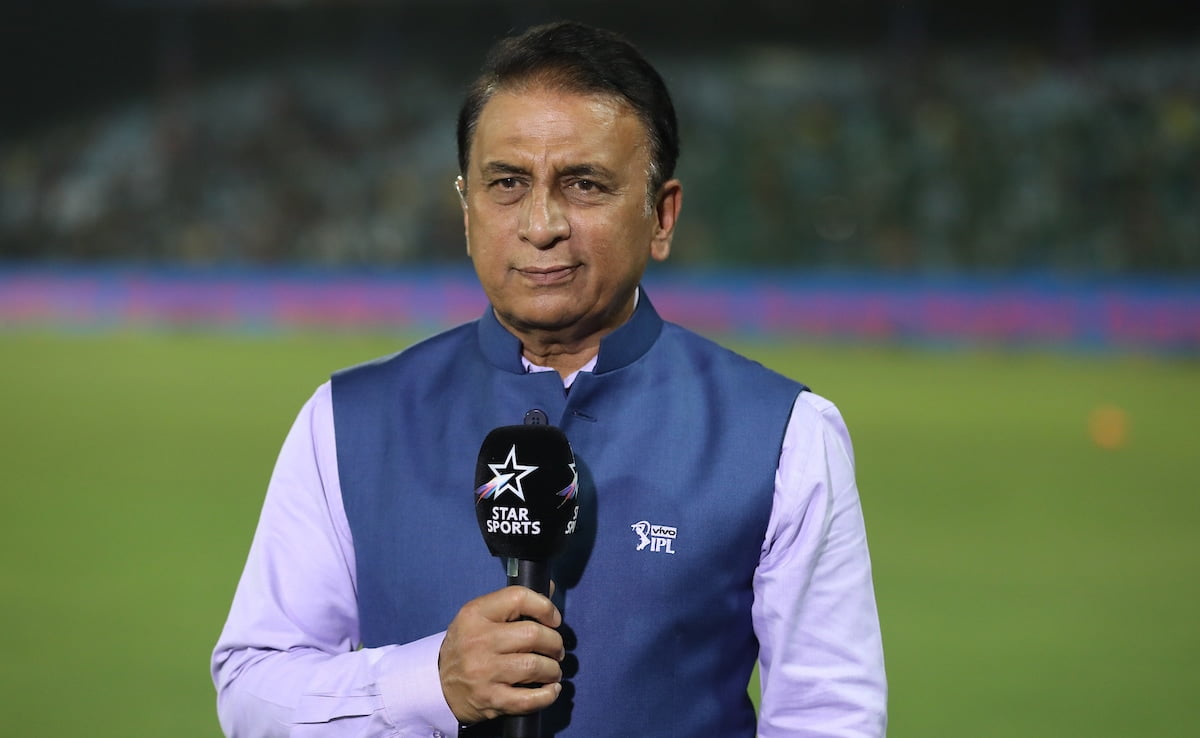
Sunil Gavaskar criticizes modern fast bowlers’ practices, highlighting issues with contemporary training methods. Explore his insights, the implications for cricket, and potential solutions.
Cricket, often described as a gentleman’s game, has evolved significantly over the decades. From the legendary duels between bat and ball to the fast-paced action of T20 matches, the sport has seen it all. However, with this evolution comes a fair share of criticism, especially from seasoned veterans who have witnessed the game’s golden eras. One such veteran, Sunil Gavaskar, recently made headlines with his sharp critique of modern fast bowlers’ training methods. In his candid commentary, he didn’t mince words, accusing the cricketing community of “turning a blind eye” to detrimental practices. So, what’s got this cricketing legend so riled up? Let’s dive deep into Gavaskar’s critique and what it means for the future of fast bowling.
The Legend Speaks: Gavaskar’s Candid Critique
Sunil Gavaskar, a name synonymous with Indian cricket, has always been vocal about his opinions. Whether it’s about the state of the game or the performance of individual players, Gavaskar’s insights are highly respected. Recently, he turned his attention to the training methods of modern fast bowlers, and boy, did he have a lot to say!
The Modern Practice Under Fire
Gavaskar’s main bone of contention is the current trend of prioritizing speed over skill. He believes that in the race to bowl faster, many contemporary fast bowlers have compromised on their technique and, more importantly, their longevity. According to him, this obsession with speed is leading to a surge in injuries, cutting short many promising careers.
- Overemphasis on Speed: Gavaskar argues that the relentless focus on bowling at breakneck speeds is causing bowlers to neglect their form and technique. He points out that while speed can be intimidating, it’s the precision and consistency that truly make a fast bowler effective.
- Injury Crisis: With many young fast bowlers spending more time in rehab than on the field, Sunil Gavaskar’s concerns about the training regimes seem justified. He believes that the emphasis on speed is putting undue stress on the bodies of these athletes, leading to frequent injuries.
Turning a Blind Eye to Tradition
Sunil Gavaskar also lamented the fact that the rich traditions of fast bowling are being ignored. He reminisced about the days when bowlers like Malcolm Marshall, Dennis Lillee, and Michael Holding ruled the roost with their perfect blend of speed, skill, and strategic acumen. According to Gavaskar, the modern practice of focusing solely on speed is a far cry from the holistic approach of the past.

The Art of Fast Bowling: A Lost Craft?
In his critique, Gavaskar didn’t shy away from expressing his fears about the future of fast bowling. He believes that the art of fast bowling is becoming a lost craft, with fewer and fewer bowlers mastering the nuances that make a truly great fast bowler.
Fast Bowling: Past vs. Present
To understand Gavaskar’s critique better, let’s take a trip down memory lane and compare the fast bowlers of yesteryears with today’s speedsters.

Yesteryears: The Golden Era
- Skill Over Speed: Legends like Malcolm Marshall and Dennis Lillee were known not just for their speed but for their ability to swing the ball both ways, use variations, and outthink the batsmen.
- Longevity: These bowlers enjoyed long careers, thanks to their emphasis on technique and fitness. They knew how to manage their bodies and workload to avoid injuries.
Today: Speed Demons
- Speed at All Costs: Modern fast bowlers are often clocked at speeds exceeding 90 mph. While this is impressive, it comes at the cost of technique and, more importantly, consistency.
- Injury-Prone: The high-intensity training and focus on speed have made many fast bowlers prone to injuries. Players like Jasprit Bumrah and Jofra Archer, despite their talent, have faced significant injury layoffs.
The Implications for Cricket
Gavaskar’s critique raises important questions about the future of fast bowling and cricket in general. If the current trends continue, we might see more promising careers cut short and the overall quality of fast bowling decline.
What Can Be Done?
So, what can be done to address these issues? Gavaskar suggests a return to basics, where technique and skill are given as much importance as speed. Here are a few steps that can be taken:
- Revamp Training Programs: Training programs should be designed to focus on all aspects of fast bowling, not just speed. Emphasizing technique, fitness, and injury prevention can go a long way in ensuring the longevity of fast bowlers.
- Mentorship from Legends: Involving former fast bowling legends in coaching roles can help impart invaluable knowledge and skills to the younger generation. Their experience can guide young bowlers in honing their craft.
- Balanced Workload: Managing the workload of fast bowlers is crucial. Ensuring they get adequate rest and recovery time can help prevent injuries and prolong their careers.
FAQs
Why is Sunil Gavaskar critical of modern fast bowlers?
Gavaskar believes that the current emphasis on speed over skill is detrimental to the long-term success of fast bowlers. He argues that this approach leads to a higher risk of injuries and a decline in the overall quality of fast bowling.
What are the main points of Gavaskar’s critique?
Gavaskar’s main points include:
- The overemphasis on speed at the cost of technique.
- The rising incidence of injuries among fast bowlers.
- The neglect of traditional fast bowling skills.
How can the issues raised by Gavaskar be addressed?
The issues can be addressed by:
- Revamping training programs to focus on all aspects of fast bowling.
- Involving former fast bowling legends in coaching roles.
- Managing the workload of fast bowlers to prevent injuries.
What is the impact of the current trends on the future of fast bowling?
If the current trends continue, we might see more fast bowlers facing injuries and shorter careers. This could lead to a decline in the overall quality of fast bowling in cricket.
Conclusion
Sunil Gavaskar’s critique of modern fast bowlers’ training methods is a wake-up call for the cricketing community. His concerns about the overemphasis on speed and the neglect of traditional skills highlight the need for a balanced approach to fast bowling. By revamping training programs, involving experienced mentors, and managing workloads effectively, the future of fast bowling can be safeguarded. It’s high time the cricketing world stopped “turning a blind eye” to these issues and took concrete steps to ensure the longevity and success of its fast bowlers. After all, cricket is not just about raw speed; it’s about the perfect blend of skill, strategy, and athleticism
Read about all cricket teams : Top most cricket teams, US news
Read interesting facts about all player


